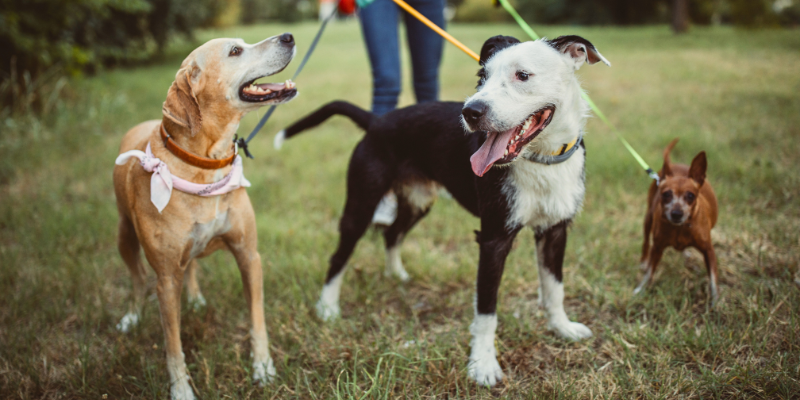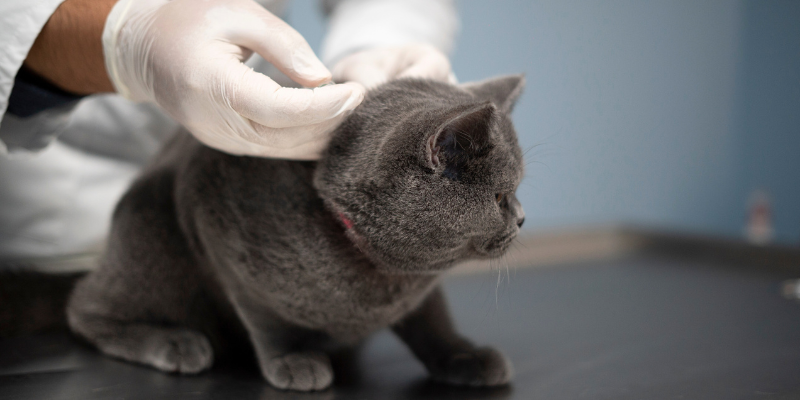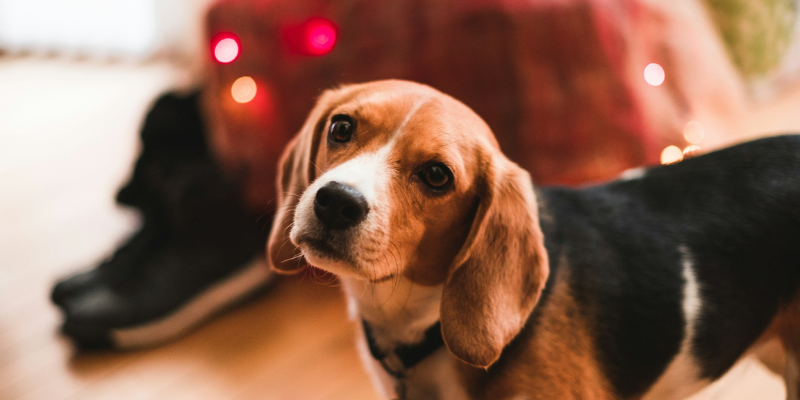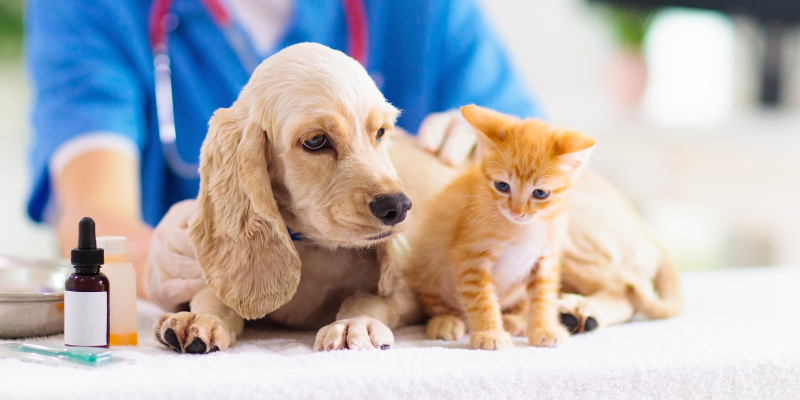[et_pb_section bb_built=”1″ _builder_version=”3.23.3″][et_pb_row _builder_version=”3.23.3″][et_pb_column type=”4_4″][et_pb_text _builder_version=”3.23.3″]
When it comes to your pet, you might think that carrying a few extra kilos isn’t a big deal. Unfortunately, overweight pets are at an increased risk of developing a host of diseases such as: arthritis, heart disease, respiratory disorders and diabetes.
Pets come in all shapes and sizes, and due to the variety of sizes and shapes in breeds – there’s no one ideal weight for all of them. The key is to know what to look out for so you can identify when your pet is getting a bit portly, no matter their natural build.
Here are our top tips for determining if your pet is carrying a few too many kilos:
- Look at your pet from above – an overweight pet will have lost definition of their waist. Instead of an hourglass figure, they may resemble a barrel on legs.
- Have a feel of your pet’s ribs – if you can’t feel their ribs easily when you run your hands over their sides, they are hidden under a layer of fat. In some cases, you may be able to feel rolls of fat over the ribs.
- Can you see their neck? A very obese pet may have neck fat, a pendulous tummy as well as fat deposits over the hips.
The very best way to determine whether your pet is overweight is to drop in for a weight check with us. This will allow us to score your pet’s body condition and, if necessary, start a weight loss plan.
Thankfully, getting your pet to lose weight is easier than you think.
Physical exercise is a must, and it will be crucial to monitor the amount, as well as what type of food you are feeding your pet. Get your family involved in the process too, get them measuring the correct scoops of food per feeding, and stop them sneaking scraps from the dinner table to the pampered pet!
It’s also easy to overdo the treats at home and you might not be aware just how much of an impact these treats are having on your pet’s weight. Keep these calorie translator facts in mind when you are having trouble saying ‘no’ to those adorable eyes:
For the average 5kg cat: a glass of milk is equivalent to a human eating 3 hamburgers! (not to mention the fact that cats can’t digest the lactose in cow’s milk)
For a 10kg dog: a 30g piece of cheese is equivalent to a human eating 1.5 hamburgers!
The best news is, we have diets available that will actually help your pet lose weight, including one to increase your pet’s metabolic rate. We are happy to say that many of our patients have had great success with these so you should ask us for more information.
Helping your pet lose weight is easier than you think and we will help support you and your pet through the process.
[/et_pb_text][/et_pb_column][/et_pb_row][/et_pb_section]






